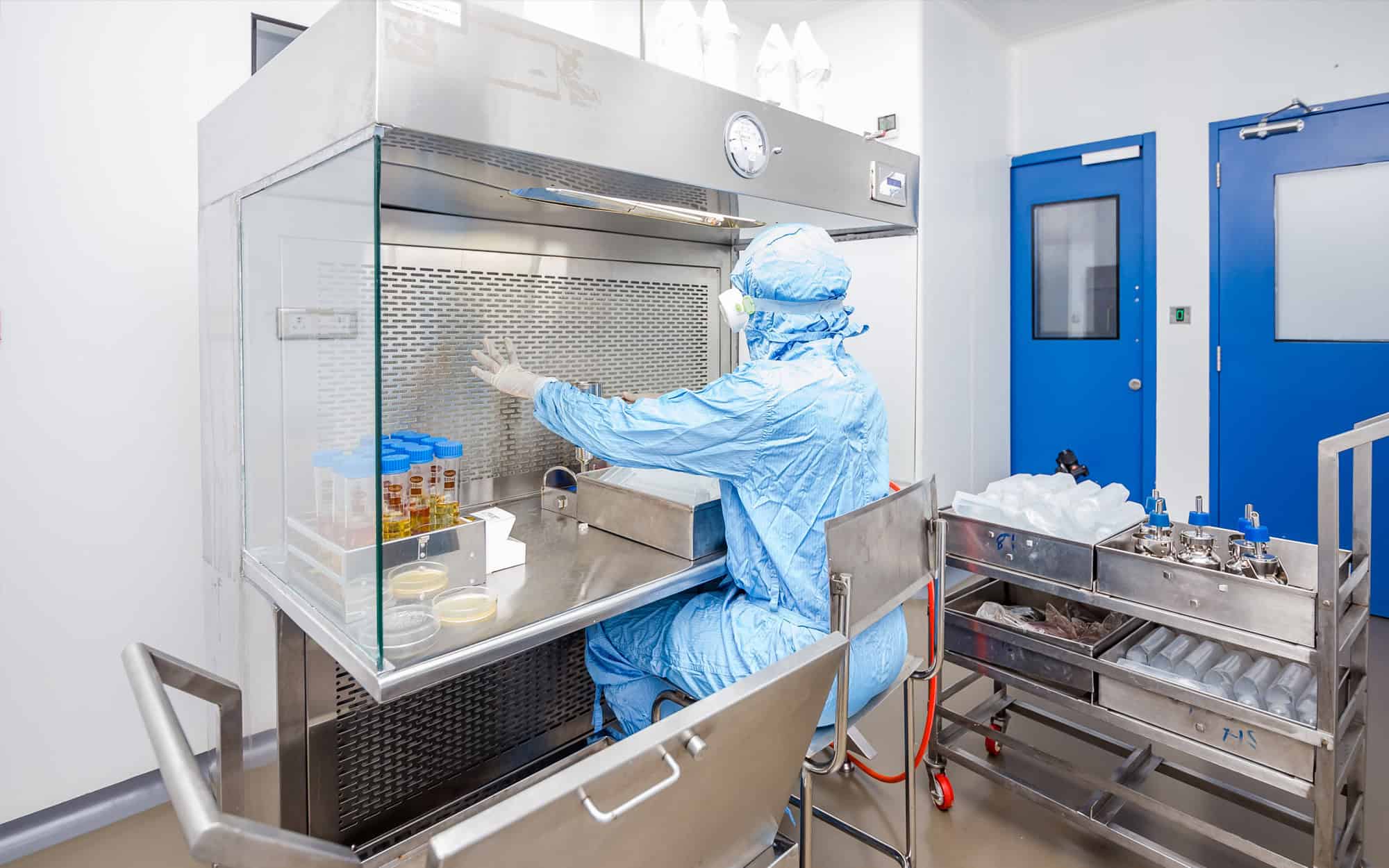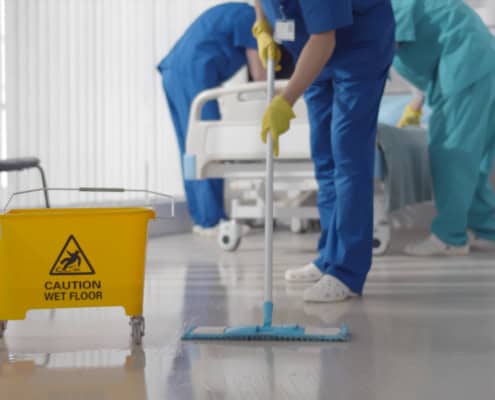In fields like tech and medical manufacturing, even microscopic particles can render a batch unusable, put patient safety at risk, or result in regulatory action. That’s why identifying clean room contamination risks early is essential to protecting both product quality and your reputation.
The consequences of contamination are far-reaching. When a clean room fails to maintain its controlled environment:
- Product quality suffers, especially in precision-based applications like pharmaceutical compounding or medical device assembly. A single contaminant can cause failures in sterility, accuracy, or functionality.
- Regulatory bodies may intervene, leading to failed audits, fines, or required shutdowns to address noncompliance. In heavily regulated sectors, these outcomes are both expensive and damaging to trust.
- Operational costs increase due to batch recalls, product rework, and unplanned downtime—all of which can disrupt delivery schedules and erode profitability.
- Patient safety becomes a liability, especially if contaminated products reach market. This risk endangers end users and can lead to legal repercussions and permanent reputational harm.
Understanding how clean room contamination risks can cascade through your process highlights just how critical it is to maintain strict control. By investing in the right protocols, training, and cleaning strategies, medical manufacturers can avoid these setbacks and maintain consistent, audit-ready operations.











